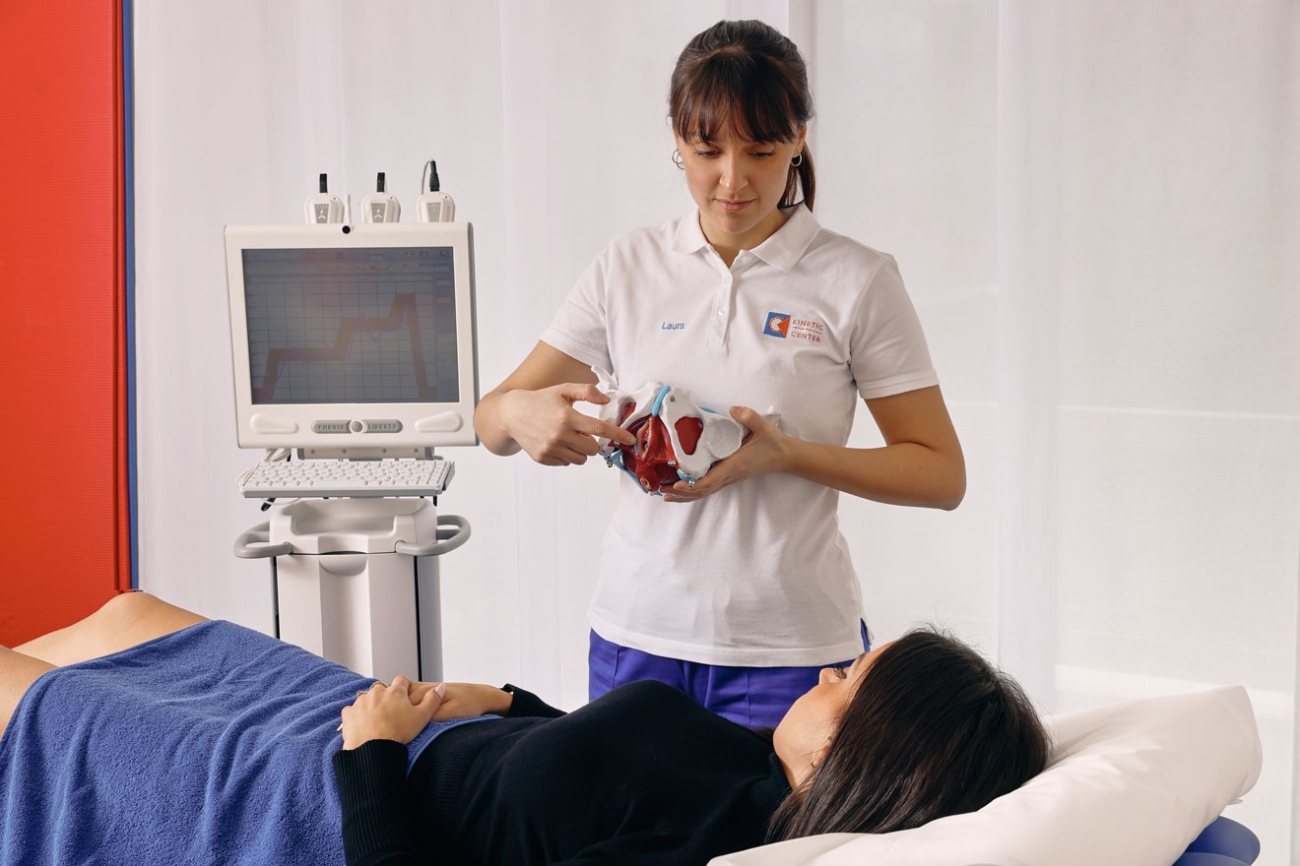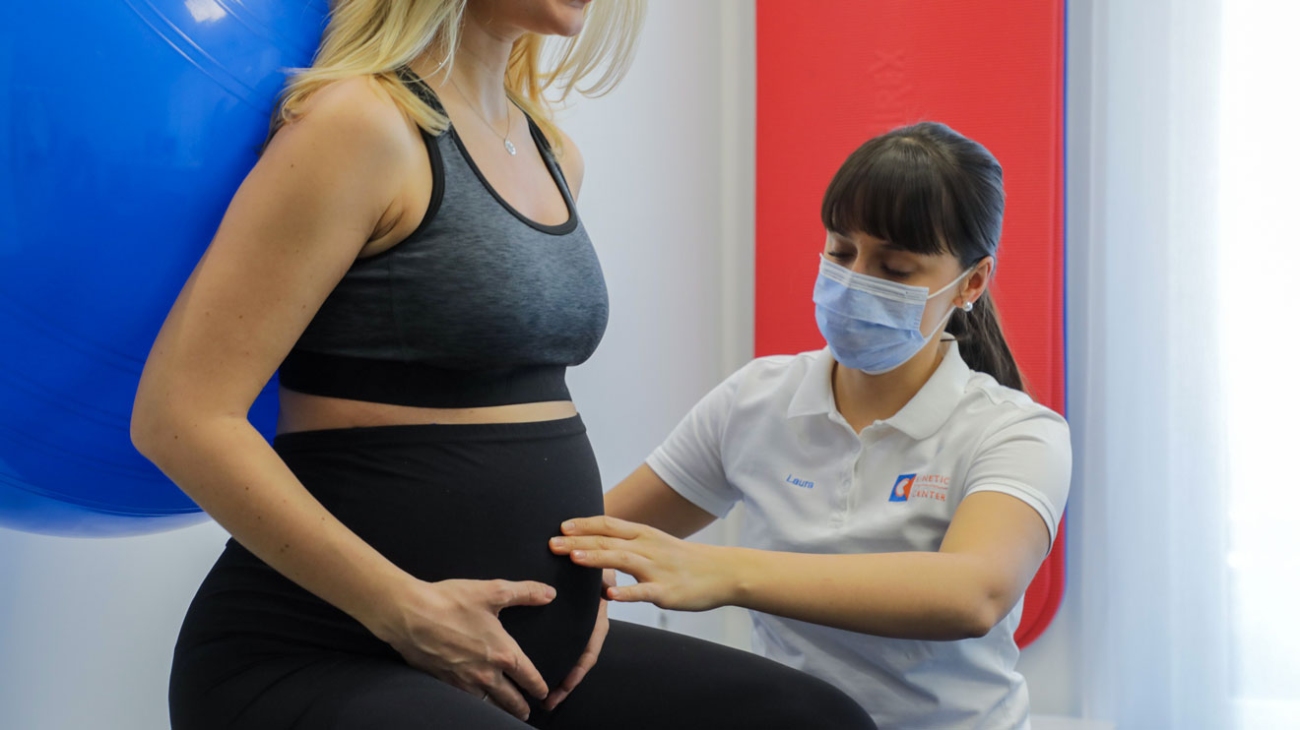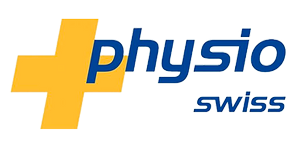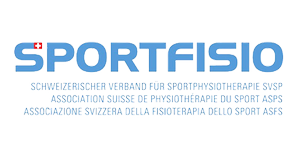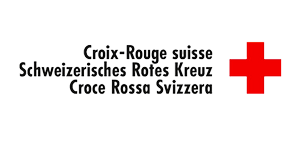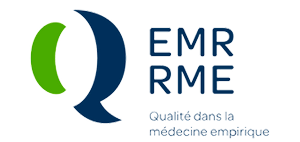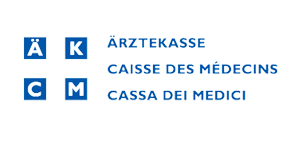Vestibular Physiotherapy
Rehabilitation for Balance Disorders
The vestibular apparatus is located in the inner ear and is responsible for balance, spatial orientation, and the ability to coordinate movements. It has an ingenious anatomy with three perpendicular canals in which the otoliths (aggregates of calcium oxalate and carbonate) are immersed in a gelatinous matrix. Every movement of the body causes the otoliths to move, which is detected by sensory hair cells and transmitted to the central nervous system for the regulation of ocular, motor, and postural muscles.
The vestibulo-ocular reflex, a sort of biological function similar to a steadycam, occurs when the nervous system records the movements and oscillations of the head (e.g., during running or walking) and consequently moves the eyes with equal acceleration but in the opposite direction to maintain a clear and fluid vision.
Traumas, problems with the vertebral column or musculoskeletal system, and inner ear dysfunctions can affect the vestibular system and its functioning, causing dizziness, nausea, vision problems, incorrect posture, and loss of balance with an increased risk, especially in old age, of falls and injuries.
Physiotherapy intervenes in these cases to alleviate symptoms and restore the functions of the vestibular apparatus, aid recovery from traumas and inner ear lesions, and increase the vestibular system's adaptability to stimuli, improving the patient's quality of life.
At Kinetic Center, we have specialized personnel in vestibular therapy and offer targeted rehabilitation programs and treatments that combine adaptive and substitutive strategies aimed at rebalancing the apparatus and restoring altered functions.
The benefits of vestibular physiotherapy
-
Restores postural control and stability
-
Reduces the risk of potential falls
-
Improves the patient's autonomy and quality of life
-
Increases the adaptability of the vestibular system to different sensory stimuli
Our therapists for
Vestibular Physiotherapy
Jacopo Soranzo
Physiotherapist and Responsible owner
Carlotta Paredi
Orthopaedic physiotherapist and Therapeutic Pilates instructor.
Laura Franco
Pelvic Floor Physiotherapist, nature lover
Martina Tentori
Orthopedic and Neurological Physiotherapist
Carolina Magni
Home Physiotherapist, traveling photographer






